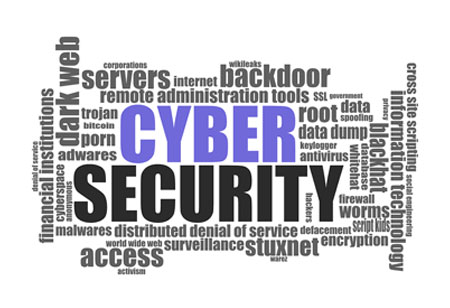THANK YOU FOR SUBSCRIBING
How C-Suite Executives Can Help Combat Cyber Threats
Cyber threat shave the potential to harm workers, customers, and an organization's reputation. Without a solid cybersecurity program in place, a breach can through the company into chaos.

By
Apac CIOOutlook | Monday, January 28, 2019
Stay ahead of the industry with exclusive feature stories on the top companies, expert insights and the latest news delivered straight to your inbox. Subscribe today.
Though cybersecurity is a common topic of conversation in today's digital world, organizations may still be lagging when it comes to making cybersecurity a priority. Cyber threat shave the potential to harm workers, customers, and an organization's reputation. Without a solid cybersecurity program in place, a breach can through the company into chaos. The challenge for many organizations is to reach a consensus on the ideal boardroom and how the board should be accountable for cybersecurity.
The Need for Security Standards
Business leaders recognize the enormous benefit of the cyberspace and how the digitalization harnesses innovation, collaboration, productivity, competitiveness, and engagement with customers. But unfortunately, these executives have difficulty in assessing risks and rewards. Ensuring standard security measures in place is one pivotal thing every organization must ensure. For making the organization more cyber resilient implementing the following steps can help to a large extent.
• Focusing on the basics- Monitoring people and technology and adopting policies and procedures to handle business security concerns.
• Having awareness about risks and resilience.
• Reassessing the risks
• Revising information security arrangements.
Check this out: Top Risk Management Solution Providers (CHSI Technologies, ClearRisk, GeoSure Global)
Companies of all sizes should ensure that they are fully prepared to deal with the ever-emerging threats by equipping themselves to better deal with cyber challenges. C suite executives involvement is critical in order to develop a mature strategy across the organization. The measures that can help executives to effectively engage cyber risks are
1. Educating the executive team comprises the first step. Giving a representative baseline education can contribute to risk management processes. The board directors are also required to participate in continuing education on cyber risks under corporate governance guidelines.
2. Locating the assets can verify whether the information is protected properly. Once the assets are identified company should establish a baseline for associated activity surrounding that information, in order to identify abnormal activities. Unauthorized access and compromise can be prevented by this kind of systematic monitoring.
3. Checking the ecosystem's credentials and implementing security policies and practices for initial evaluation can also help. The company should include corporate data security and incident response policies with them. These policies must be aligned with data management expectations and authorizations. Considering cyber insurance investments contribute to the overall preventive measures.
The responsibility of fostering cybersecurity at every level of an organization is vested with C-suite executives through strategic communication with the workforce. This can benefit the entire organization.





